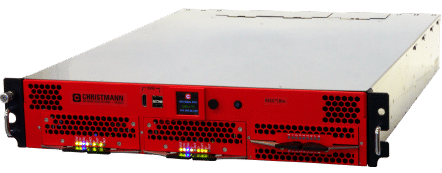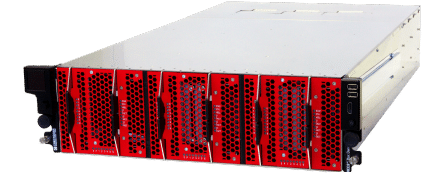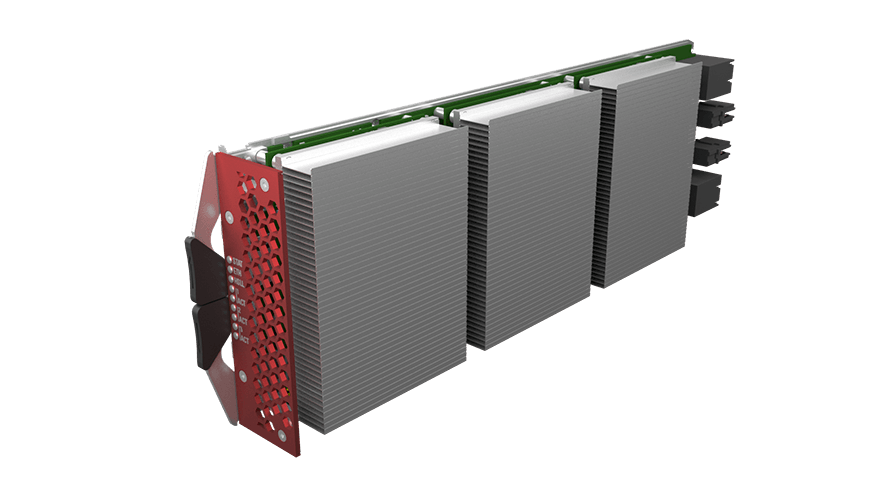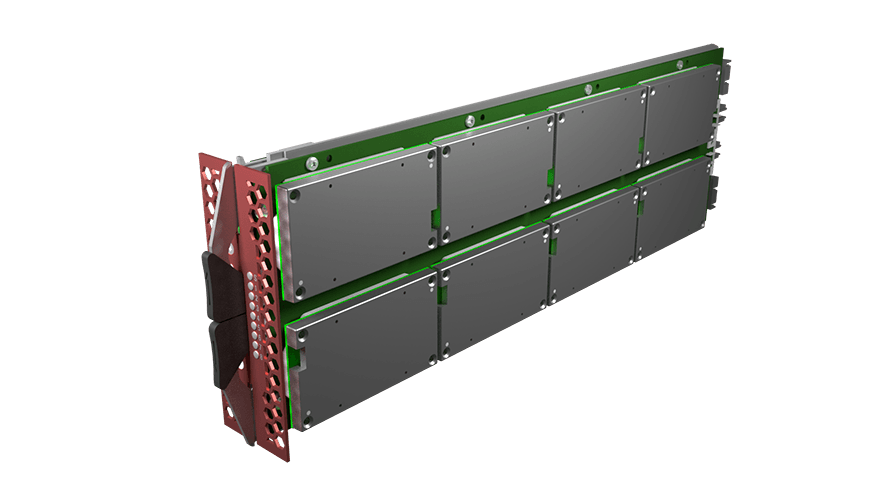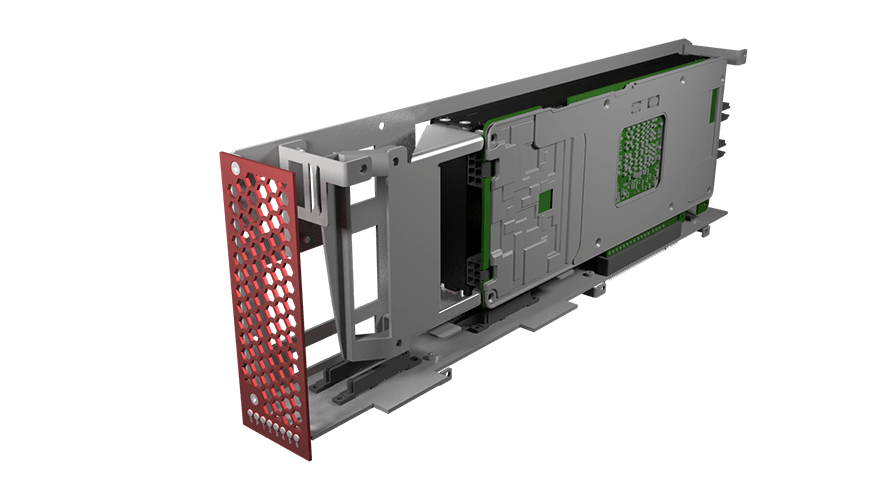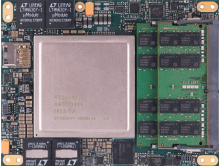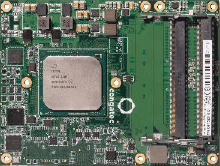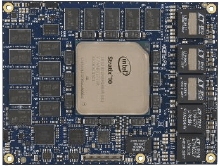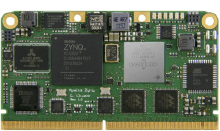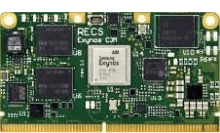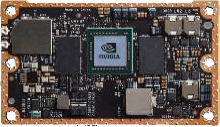What Can You Do with M2DC?
M2DC provides significant benefits for data centres, minimising their Total Cost of Ownership (TCO). This goal is achieved by the use of efficient microservers, easy and cost-effective hardware upgrade possibilities and intelligent energy management techniques integrated with OpenStack middleware.
In particular, M2DC platform enables competitive advantage with respect to performance, scalability, efficiency and cost-savings to applications such as photo finishing service processing several million images per year, data analytics of large real-time sensor data from vehicles, processing HPC workloads and providing Platform as a Service (PaaS) cloud solutions.

Detailed monitoring and intelligent management

Customised hardware

Lower costs and reduced energy consumption

Optimised appliance























